Nobuyoshi Araki explores the beauty of Japanese bondage and flower arranging
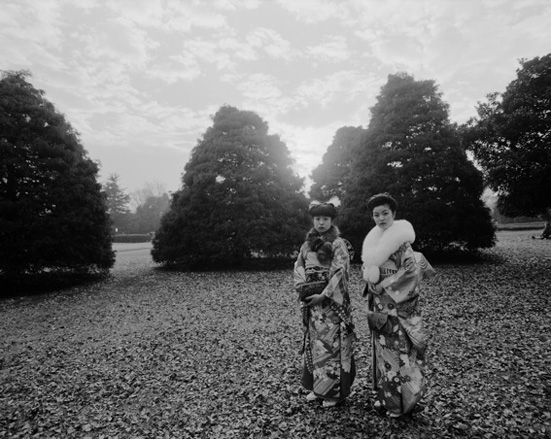
Japanese photographer Nobuyoshi Araki has caused some stirs in his notoriously conservative home country, where more than a few choice words – misogynist, pornographer, pervert, monster - have been used to describe him. Now the most provocative volume of his oeuvre, ‘Kinbaku’, is the focus of a solo exhibition at London's Michael Hoppen Gallery.
The body of work takes its name from the Japanese sexual practice of bondage, kinbaku or kinbaku-ki (literally meaning the beauty of tight binding), which found cult popularity in the 1950s thanks to underground S&M magazines like Yomikiri Romance and Kitan Club. Less appreciated however is that kinbaku draws influence from less salacious art forms, such as Kabuki theatre, Shiatsu massage and Ikebana, the 700 year-old Japanese art of flower arranging.
Araki’s detractors are all too quick to dismiss his work as pornography masquerading behind the guise of contemporary art. There is – even in the splayed legs and unapologetic display of genitalia – a romantic nuance to his treatment of kinbaku, however confrontational the subject matter.
From his painterly use of colour (electrifyingly rich in one instance; muted and ethereal in another) to his impeccable eye for composition, his photographs exude an undeniable magnetism. ‘Women? Well, they are gods,’ says Araki of his enduring fascination with women. ‘Since I can’t tie up their hearts up, I tie their bodies instead.’
Alongside his nudes, displayed in a striking range of sizes from monumental prints to demure Polaroids, the gallery has hung a series of original 18th and 19th century Shunga prints – an early form of clandestine erotica. The exhibition coincides with the recent publication of Taschen’s three-volume monograph, ‘Bondage’.
For all his brazenness, there is an underlying sensitivity to Araki’s intent and an obvious devotion to his craft. ‘Photography is love and death – that’ll be my epitaph,’ adds Araki. And much like any art form, whether it’s flowers or rope being arranged, the pleasure of Araki’s work lies in the journey as much as the destination.
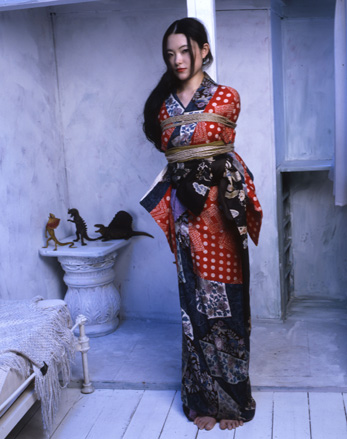
'Kaori', 2004.
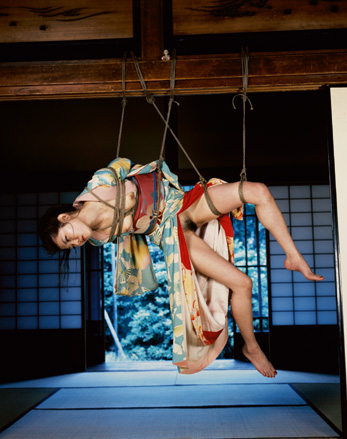
'Kinbaku, 1980-2000', 2013.
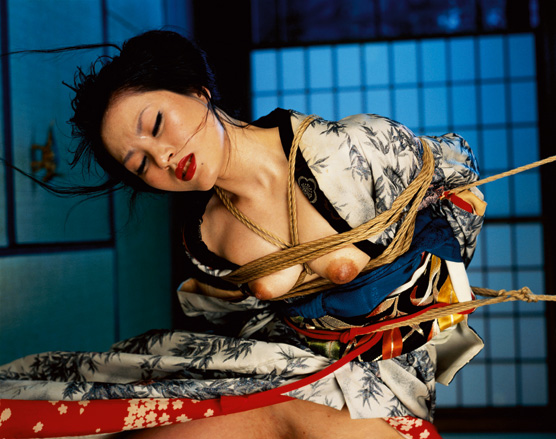
'Kinbaku, 1980-2000', 2013.
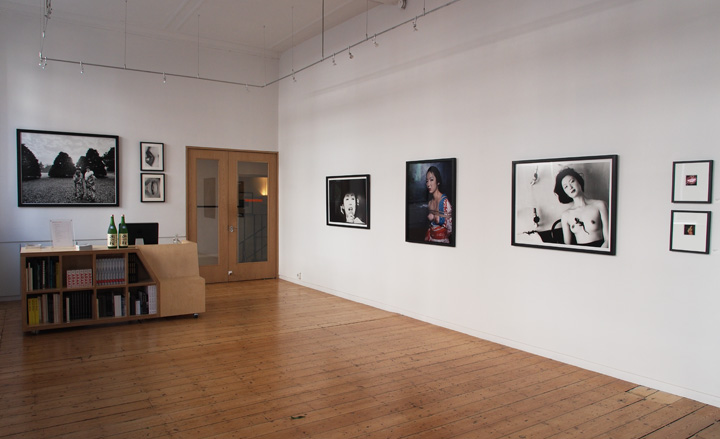
Installation view of the Nobuyoshi Araki exhibition.
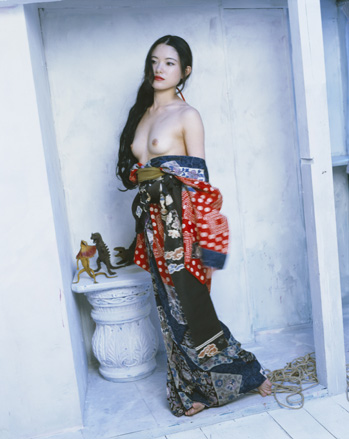
'Kaori', 2004.
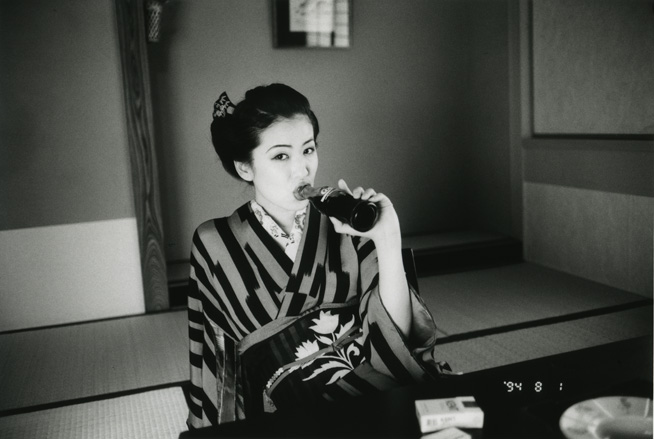
'Grand Diary of a Photo Maniac', 1994.
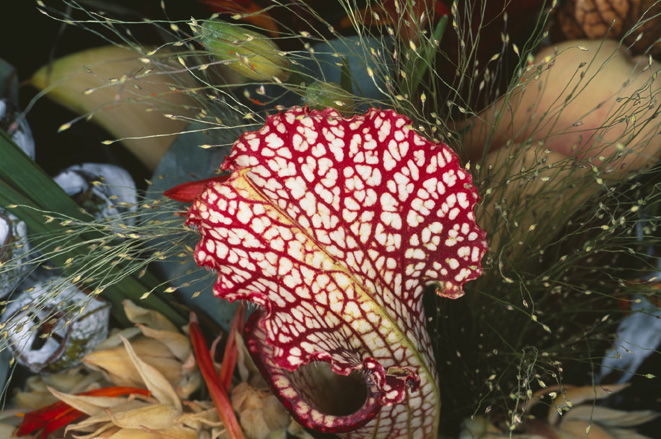
'Flower Rondeau', 1997.
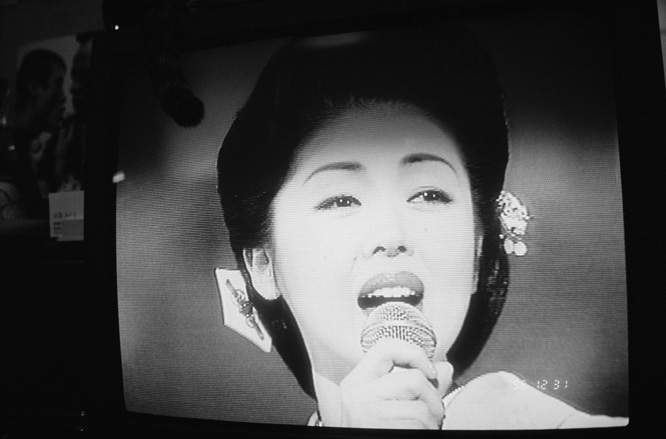
'Grand Diary of a Photo Maniac', 1994.
ADDRESS
Michael Hoppen Gallery
3 Jubilee Place
London SW3 3TD
Wallpaper* Newsletter
Receive our daily digest of inspiration, escapism and design stories from around the world direct to your inbox.
-
 Japan in Milan! See the highlights of Japanese design at Milan Design Week 2025
Japan in Milan! See the highlights of Japanese design at Milan Design Week 2025At Milan Design Week 2025 Japanese craftsmanship was a front runner with an array of projects in the spotlight. Here are some of our highlights
By Danielle Demetriou
-
 Tour the best contemporary tea houses around the world
Tour the best contemporary tea houses around the worldCelebrate the world’s most unique tea houses, from Melbourne to Stockholm, with a new book by Wallpaper’s Léa Teuscher
By Léa Teuscher
-
 ‘Humour is foundational’: artist Ella Kruglyanskaya on painting as a ‘highly questionable’ pursuit
‘Humour is foundational’: artist Ella Kruglyanskaya on painting as a ‘highly questionable’ pursuitElla Kruglyanskaya’s exhibition, ‘Shadows’ at Thomas Dane Gallery, is the first in a series of three this year, with openings in Basel and New York to follow
By Hannah Silver
-
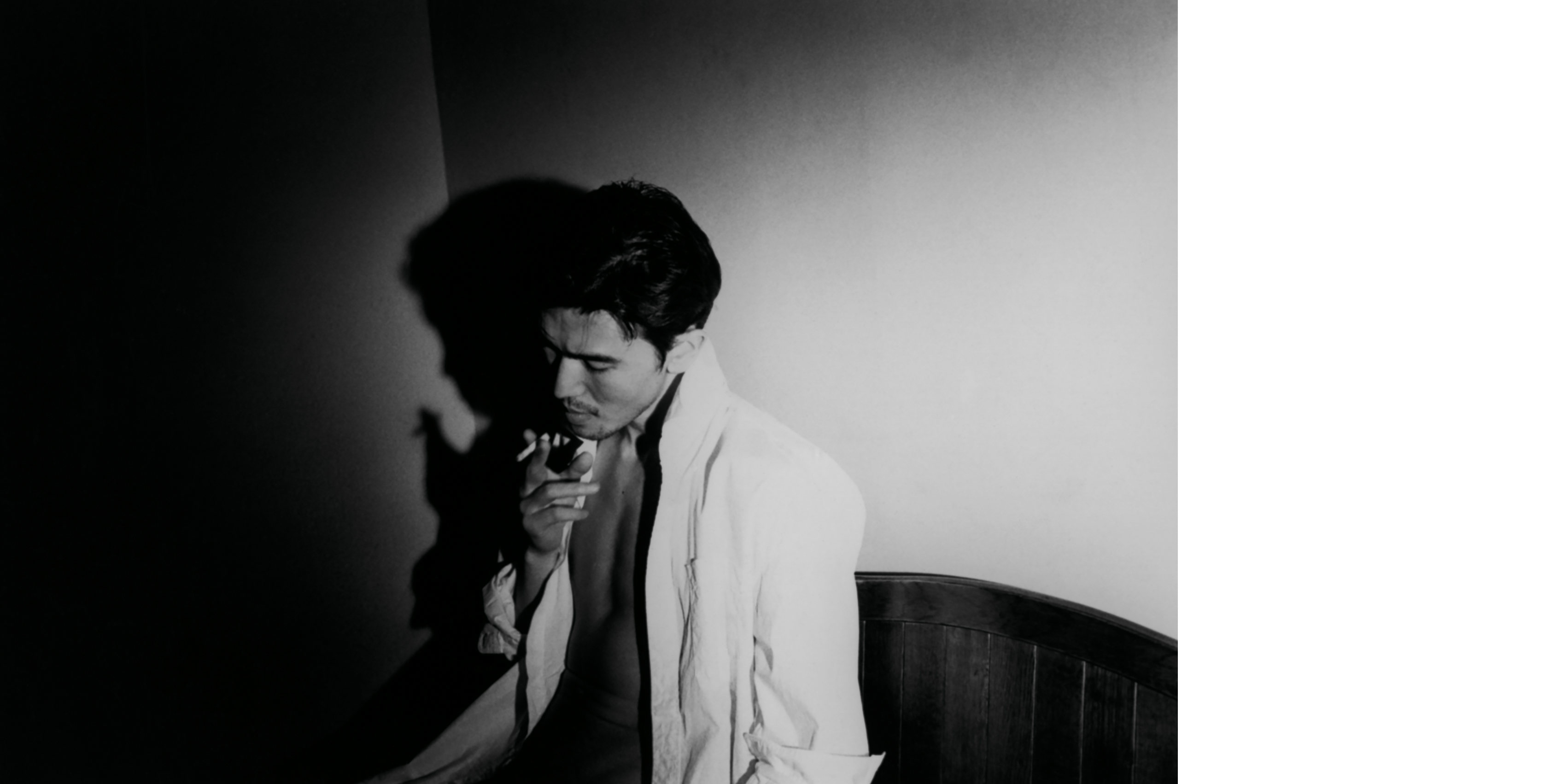 'I’m So Happy You Are Here': discover the work of Japanese women photographers
'I’m So Happy You Are Here': discover the work of Japanese women photographersSubtitled ‘Japanese Women Photographers from the 1950s to Now’, this new monograph from Aperture is a fascinating insight into a critically overlooked body of work
By Jonathan Bell
-
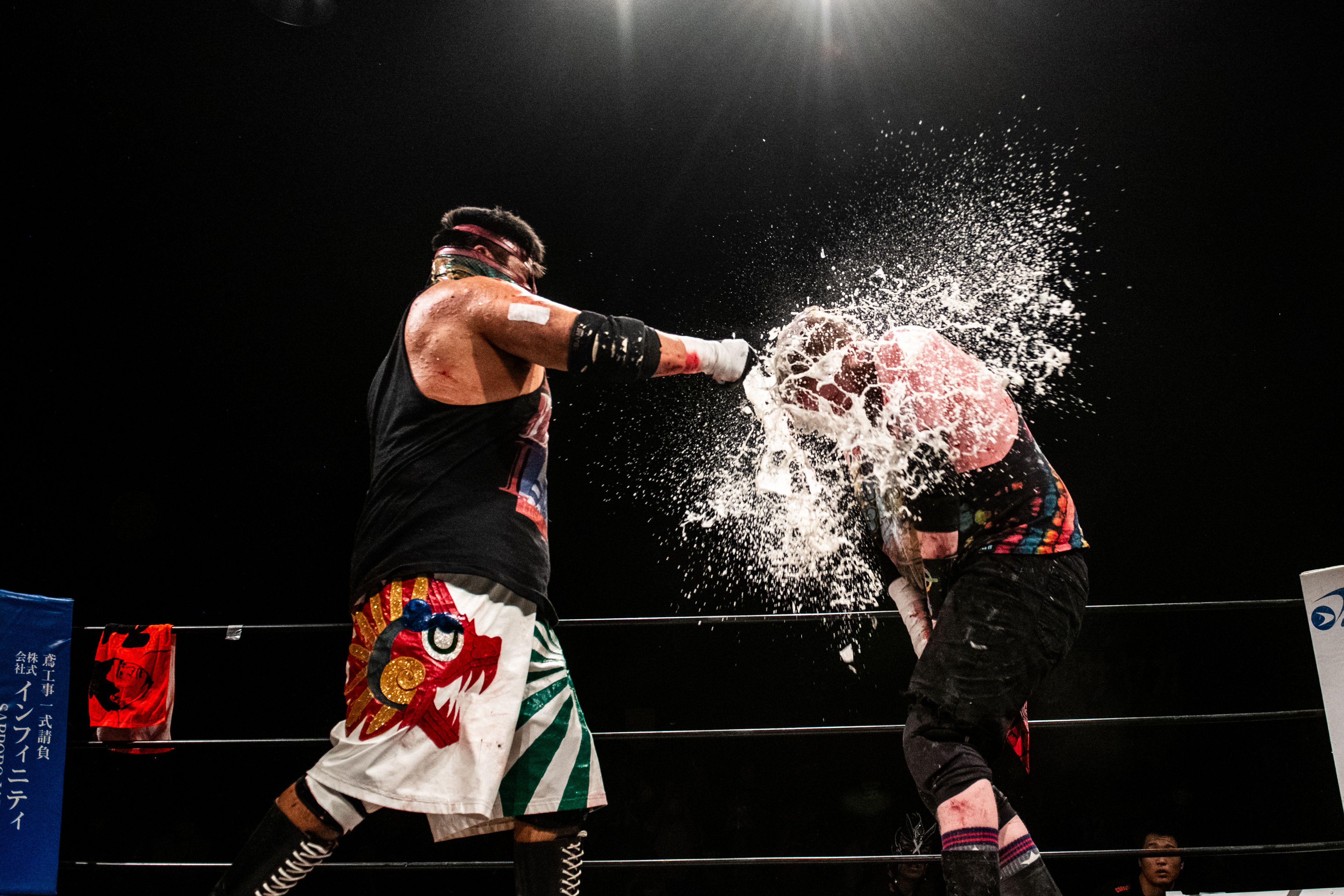 Deathmatch wrestling’s behind-the-scenes moments and bloody glory
Deathmatch wrestling’s behind-the-scenes moments and bloody gloryA new limited-edition book explores the intersection between art and deathmatch wrestling at a sold-out show held in Tokyo
By Anne Soward
-
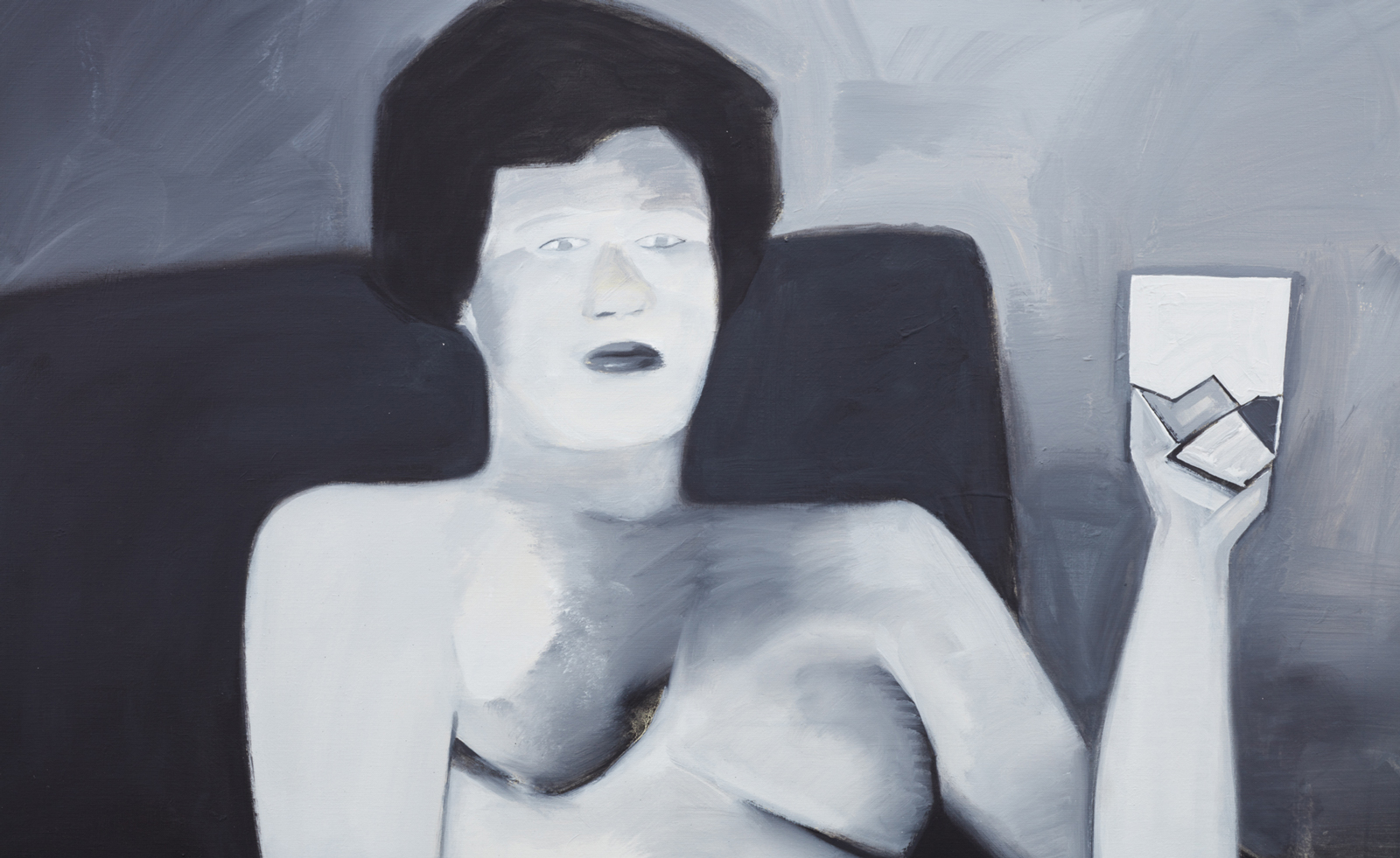 BLUM marks 30 years of Japanese contemporary art in America
BLUM marks 30 years of Japanese contemporary art in AmericaBLUM will take ‘Thirty Years: Written with a Splash of Blood’ to its New York space in September 2024, continuing its celebration of Japanese contemporary art in America
By Timothy Anscombe-Bell
-
 Olafur Eliasson inaugurates Azabudai Hills Gallery in Tokyo
Olafur Eliasson inaugurates Azabudai Hills Gallery in TokyoOlafur Eliasson marks launch of Azabudai Hills Gallery, in Tokyo’s major new district, with a show of elemental strength
By Danielle Demetriou
-
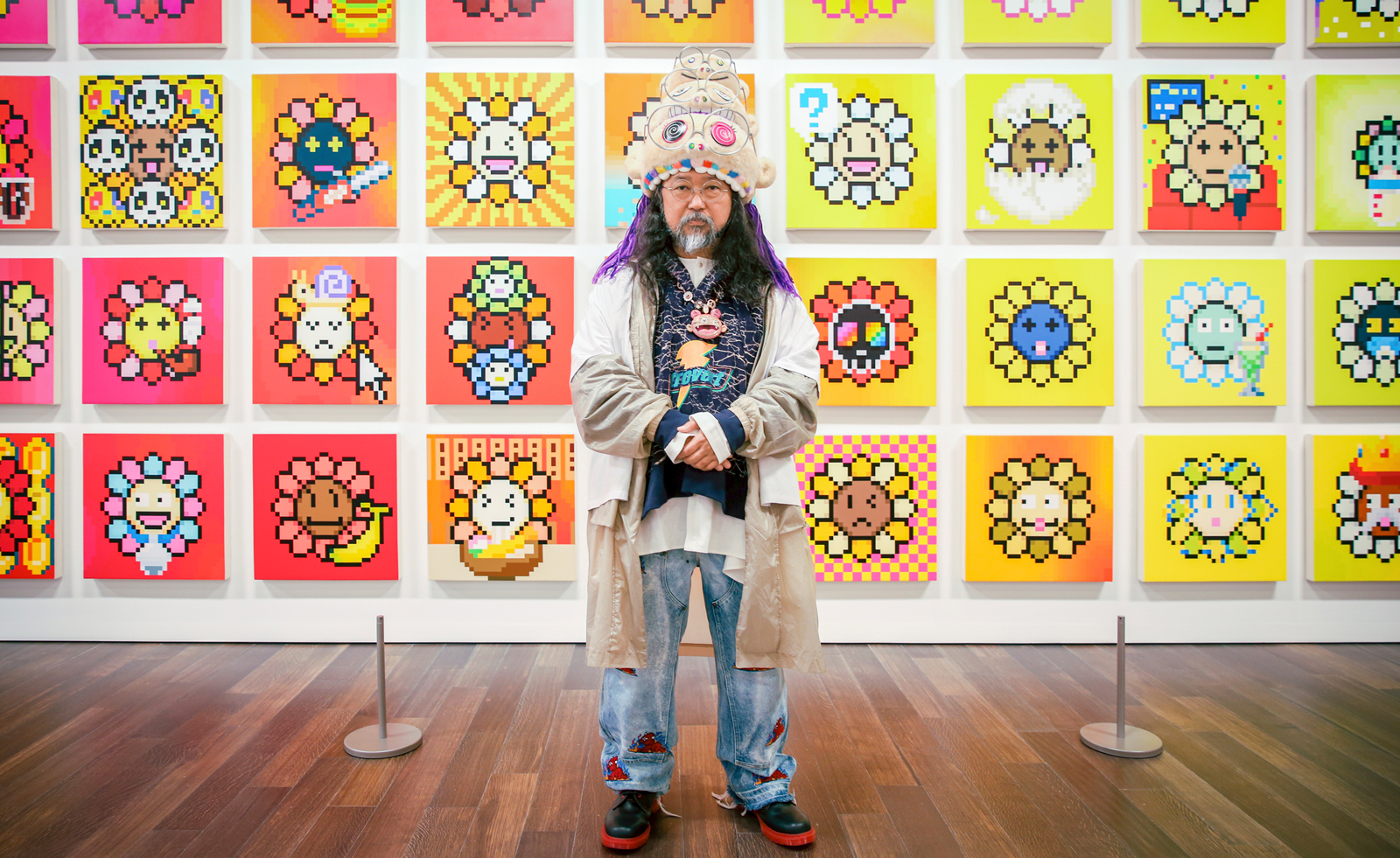 Takashi Murakami on his monsterizing San Francisco show
Takashi Murakami on his monsterizing San Francisco showTakashi Murakami tells us of pandemic-inspired creatures, eye-popping flowers, and NFTs as he explains the making of his exhibition at Asian Art Museum in San Francisco
By Pei-Ru Keh
-
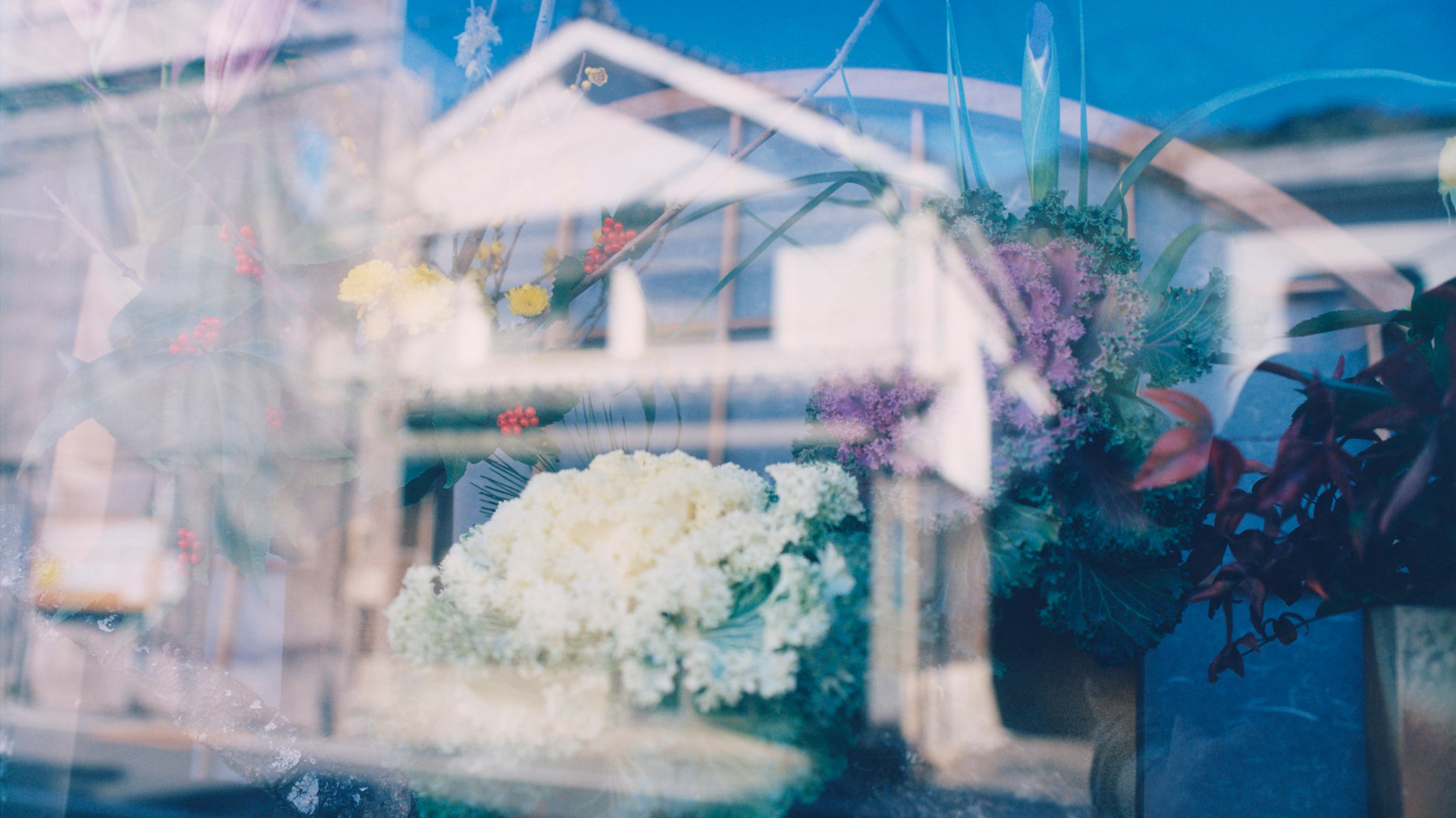 Photographer David Abrahams captures quiet moments in Japan for his new London show
Photographer David Abrahams captures quiet moments in Japan for his new London show‘Kyushu’ is a new show from photographer David Abrahams that documents his trip to a town on the Japanese island
By Mary Cleary
-
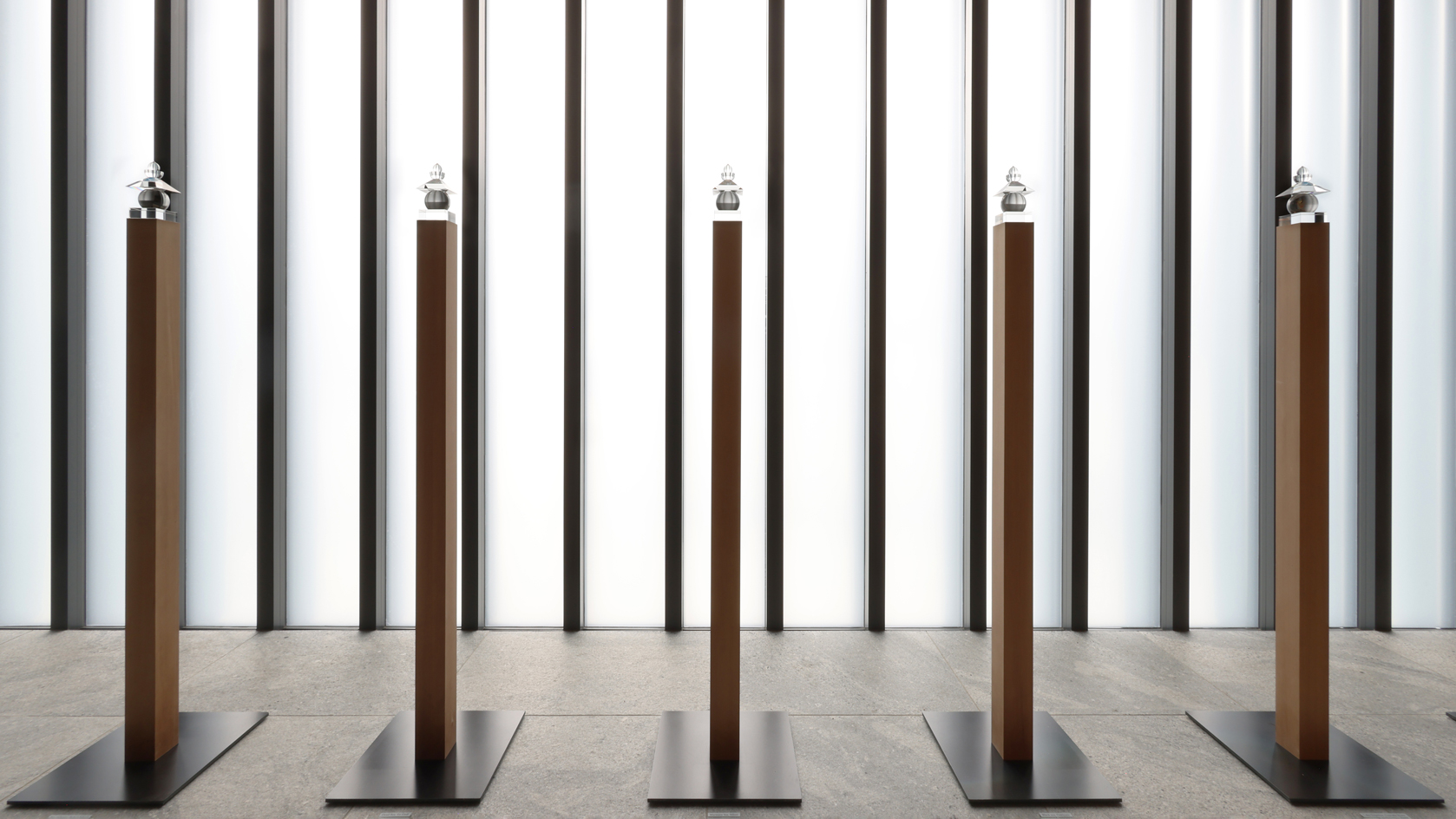 Hiroshi Sugimoto: ‘The deeper I explore Shinto and Buddhist art, the more it reveals the shallowness of contemporary art’
Hiroshi Sugimoto: ‘The deeper I explore Shinto and Buddhist art, the more it reveals the shallowness of contemporary art’‘Hiroshi Sugimoto – The Descent of the Kasuga Spirit’, at the Kasuga-Taisha shrine in Nara, Japan, sees the acclaimed photographer draw on Japan’s spiritual past and present
By Minako Norimatsu
-
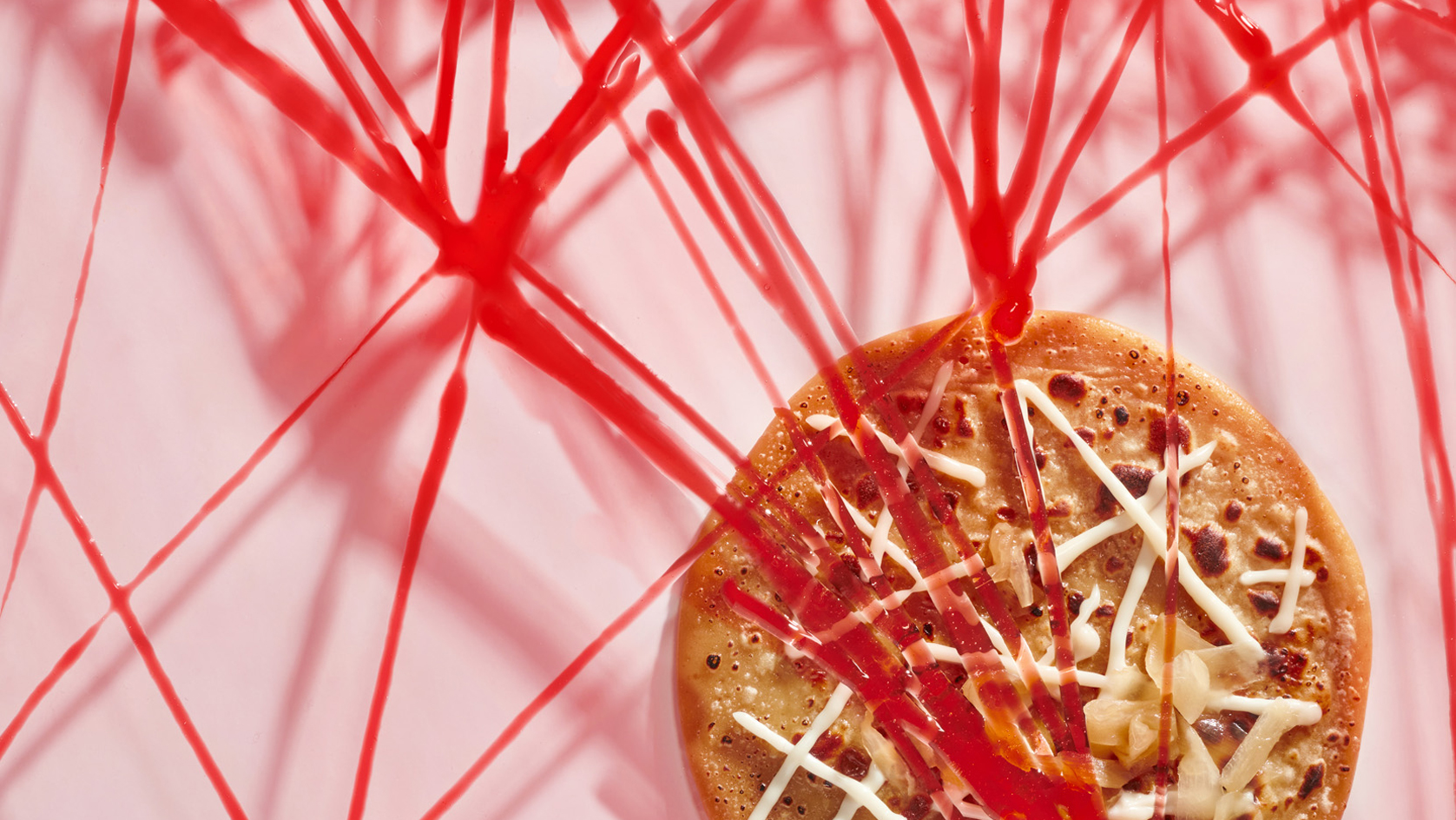 Artist’s Palate: Chiharu Shiota’s recipe for okonomiyaki
Artist’s Palate: Chiharu Shiota’s recipe for okonomiyakiGet tangled up in Chiharu Shiota’s recipe for okonomiyaki, from our January 2023 issue’s Artist’s Palate feature, a Wallpaper* homage to our favourite contemporary art
By TF Chan